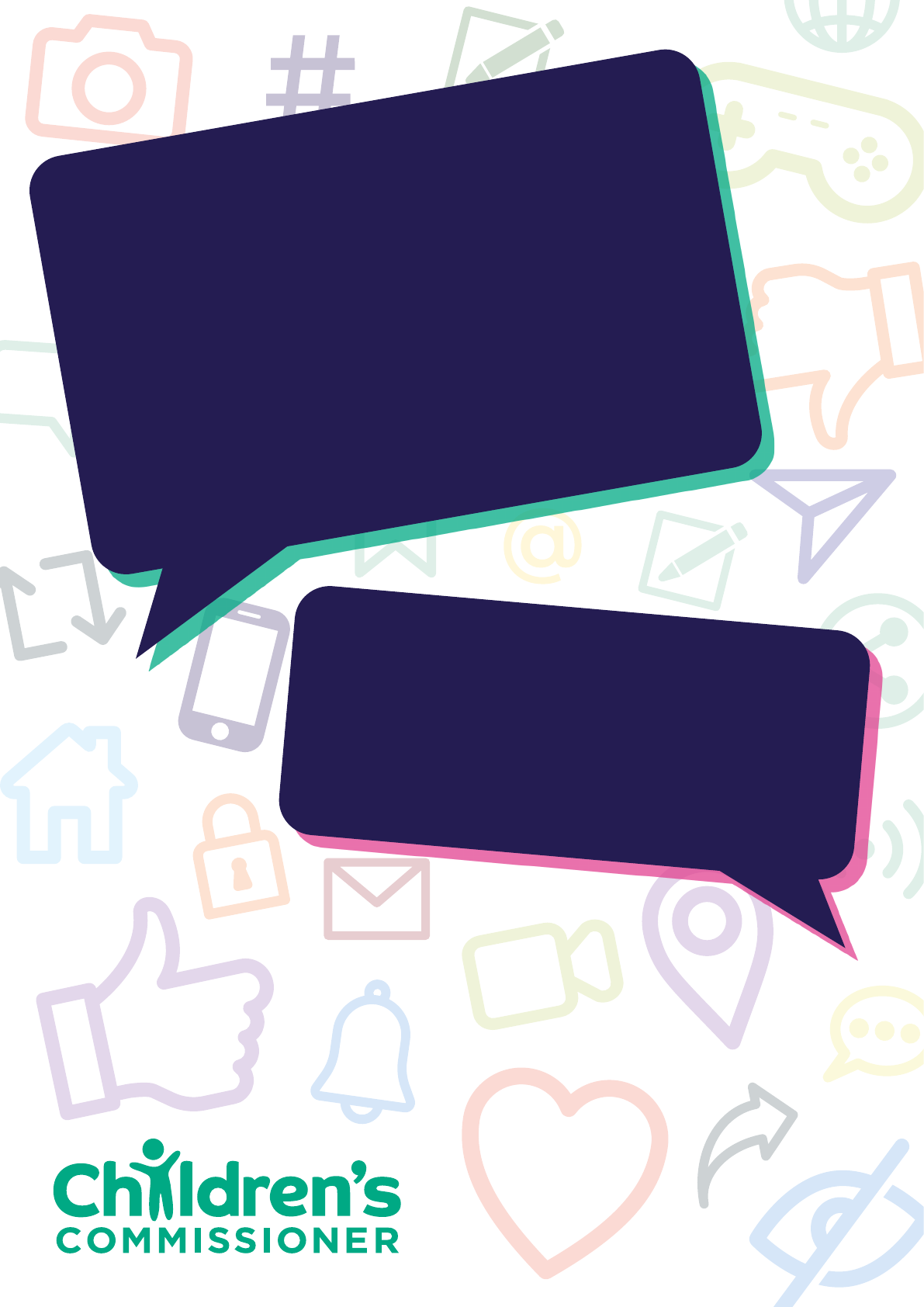
TETIG
WS Y
PRNS
HDKON
YUGPOL’ DIE
O AKN OYU
CIDAOTOLN
SXA AASET
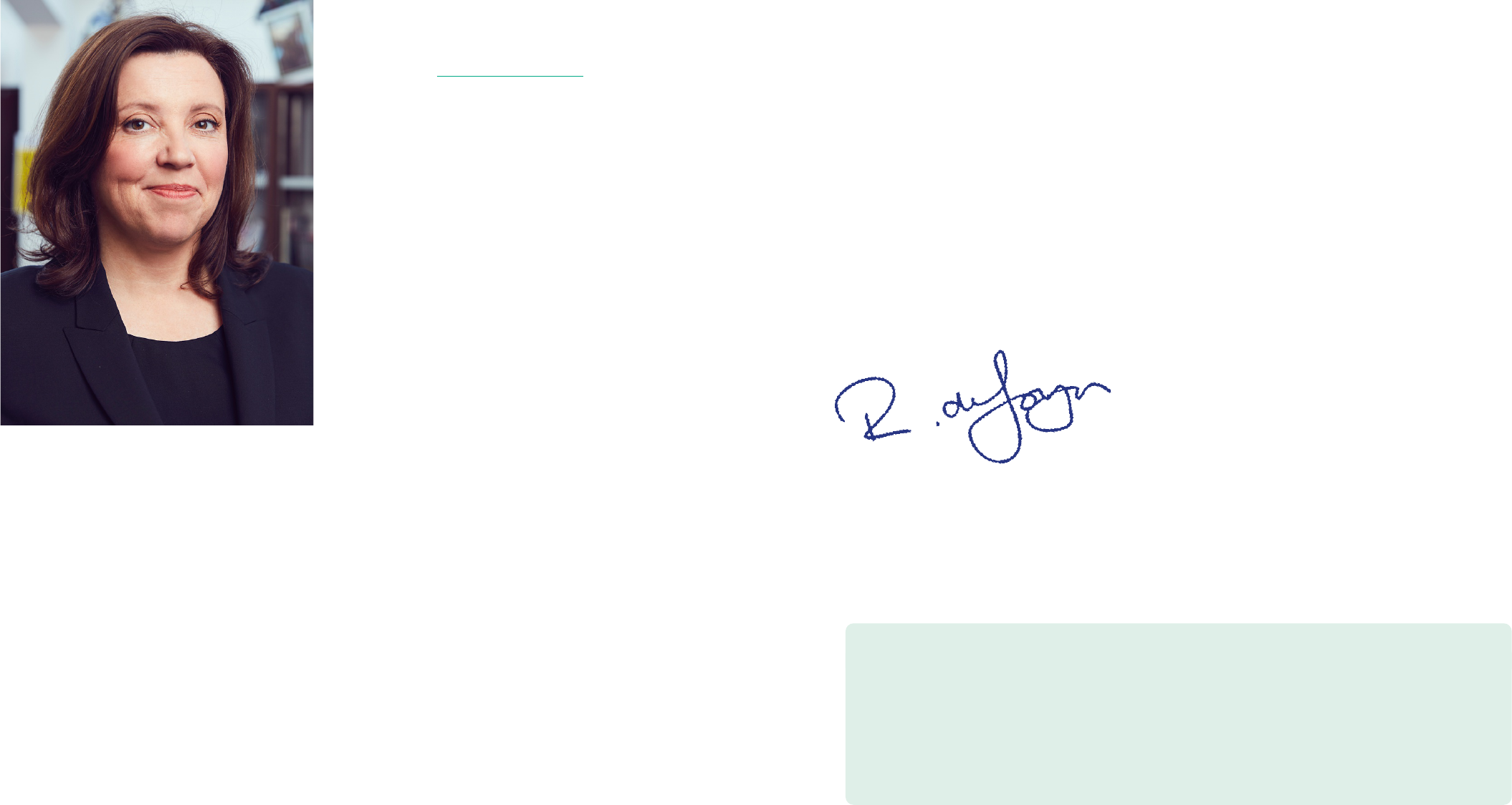
02 03
Itouto rmte
Cide’ omsinr
Since March 2020, thousands of young
women have been sharing their
experiences of sexual harassment
through the ‘Everyone’s Invited’ project.
This is an online platform where girls
‑ who are still mostly in school – have
described growing up in a world where
harassment, including sexualised
comments, slut‑shaming and the
sharing of nude pictures, is part of their
everyday lives. This harmful behaviour
happens online and offline. I’ve seen
this first‑hand during my time as a
headteacher and I know how stressful
and damaging it can be for children,
especially girls.
Of course, boys can experience
sexualised bullying too, and when they
do it’s often in the form of homophobic
abuse, or through pressure to be
more‘masculine’.
When I became Children’s Commissioner for England I undertook the largest ever
survey of children – The Big Ask – to understand children’s lives. The findings of
this survey gave me a lot of hope for this next generation, not least because of their
incredible resilience. But children, especially girls, talked about their experiences
of sexualised bullying and peer‑on‑peer abuse and were calling firmly for more
support. Most children want that support to come from their parents or carers.
Talking to our children about this issue can be hard. Parents tell me they
sometimes feel uncomfortable, not just because of the sexualised nature of the
topic, but also because their children know more about technology than they do.
For mums, dads and carers who grew up without smart phones, this whole world
can feel bewildering.
But children want to talk to their parents and carers about this. We know this
because they’ve told us. And that’s what is at the heart of this guidance.
We brought together a group of 16–21 year‑olds and asked them to tell us what they
think parents should know, and what they should say to their children when talking
about sexualised bullying and the pressures of growing up online. We asked them
to think back to when they were a bit younger and tell us what their parents and
carers did and said that was helpful…and whatwasn’t.
This guidance is based on the voices of young people giving adults their tips on
how to tackle this subject.
I also convened a steering group of the leading organisations working in this area
and listened to their expertise. We’ll signpost to their excellent work for those who
want more information, but this guide serves as a starter kit – an entry point for
parents and carers who want to talk to their children but need a bit of support to
understand the issues and to start a conversation.
The overriding message you’ll see from our focus group is talk early, talk often.
You might be surprised how early our young people felt parents need to start the
conversation. But children want an age‑appropriate conversation that evolves over
time in line with their growing maturity.
My advice to parents and carers is to create the culture before the crisis. Children
have told us they want their mums and dads to create a safe, judgment‑free space
for them to talk about these issues. It’s better to do that before you hit a problem
rather than trying to create that mood while you’re dealing with one.
It takes a lot of bravery for a child to share their experiences of abuse or harassment.
Parents and carers are telling me they want to match that bravery in getting to
grips with these issues. Things that might feel uncomfortable to begin with, will
feel less so over time. Parents and carers need to grasp the nettle as they support
their children navigating this complex part of growing up. Our children have told
us it’s what they want. This guide will help you get there.
Dame Rachel de Souza DBE
Children’s Commissioner for England
My thanks
I would like to extend my heartfelt thanks to all the brilliant young people who worked
with me to create this guide. You were honest and insightful. We couldn’t have made this
guide without you.
My thanks also go to our expert charity steering group: Action for Children, Barnardo’s,
Childnet, Internet Matters, the Internet Watch Foundation, the NSPCC and Parentzone.
You will find links to their excellent and expert resources throughout this guide.
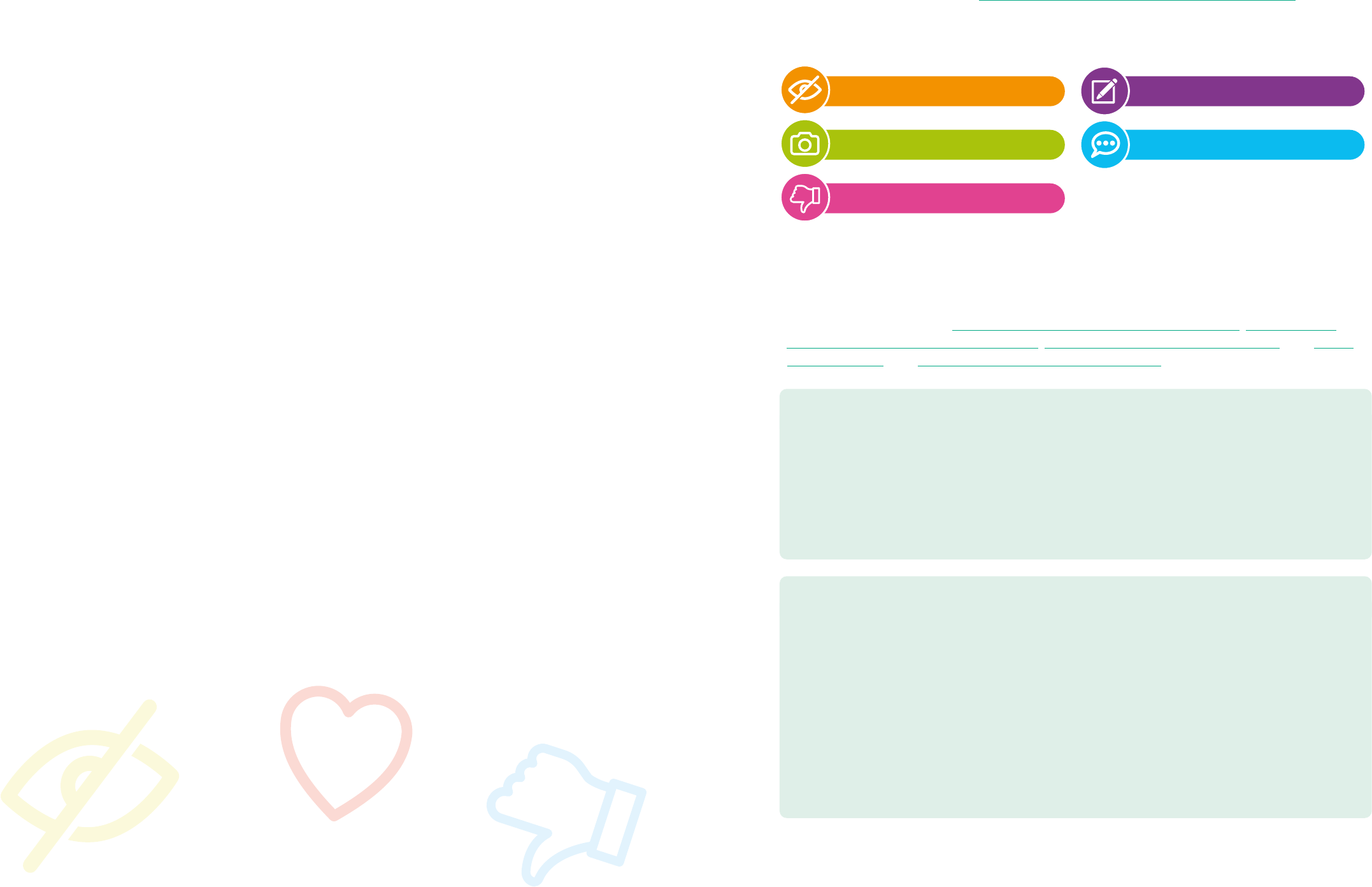
04 05
Bcgon
What is peer‑on‑peer abuse and harmful sexual behaviour?
Peer‑on‑peer abuse is often sexualised in nature and occurs between children
of roughly the same age. It can happen online and offline. It is driven by harmful
attitudes about sex, relationships, and gender, often held by adults as well as
children. All of us have a role to play in tackling this.
Peer‑on‑peer abuse online
This guide focuses on how sexual harassment and peer‑on‑peer abuse happens
online – including on social media, messaging, gaming and dating platforms. It
also explores how content which children are stumbling across and consuming
online – including pornography – drives harmful attitudes and behaviours.
Some examples of how sexual harassment can happen online:
• Pressuring someone to share nudes
• Leaking nudes
• Sending someone explicit content which they didn’t ask for –
including cyberflashing (unwanted pictures of genitalia)
• Bullying using sexualised language – including body‑shaming
and ‘slut‑shaming’
• Outing someone’s sexual history or orientation
• Sexualised threats
• Upskirting and posting this online
These issues range from the problematic and harmful, through to illegal offences. It
is important that parents feel comfortable in discussing the full spectrum of issues
and how they may play out online.
Why is this a problem?
Some children have told us that peer‑on‑peer harassment is so common that
they simply accept it as part and parcel of daily life. They say that too often, sexual
harassment is not challenged or taken seriously by the adults in their lives.
Hwt s hsgie
Our guide starts by sharing how you can make these conversations easier.
We’ve broken down this guide into the subjects which children told us
wereimportant:
Pornography
Sharing nude images
Sexualised bullying
Editing photos and body image
Peer pressure
Under each topic we give you a breakdown of what the issue is and how our
16–21‑year‑olds feel the problem affects children and young people. Then we
present their tips on best ways for parents and carers to have this conversation with
their children.
Following this we share how you can get the conversation started, notes young
people wrote to their younger selves, resources and further information and signs
to look out for and where you can get immediate help.
Acknowledging differences
The young people we spoke to came from a range of cultural backgrounds. Some
said they had families who would talk openly about these issues, others told us that
even though they would like their parents to talk to them, they thought they might
not. Similarly, some of our 16–21 years‑olds were LGBTQ+ and pointed out that whilst
these issues would affect them just as much as any other young person, if they weren’t
able to be open with their family about their identity, it may act as a barrier for these
conversations to take place.
How we spoke to young people
We began this guide by holding a series of focus groups with children and young people
to understand the issues and challenges they face. Based on these findings, we designed
a day of workshops with 16–21‑year‑olds to explore the issues in more detail – and how
parents can help their child to navigate them.
We chose this age group as they’re slightly older and able to reflect on their own
experiences as a teenager growing up online. We asked them to think about the things
they wished their parents had known about online peer‑on‑peer abuse, and for the
advice they would give to a child on dealing with these issues.
We used what they told us as the basis for this guidance. We would like to thank them
for their openness. We couldn’t have made this guide without them.

06
1
Start conversations
early, before your
child gets a phone or
social media account.
Keep the conversation
going over time,
adapting to your child.
Don’t let awkwardness
or ‘taboo’ subjects build.
The Thinkuknow
website has
age‑appropriate
conversation‑starters.
2
Keep it casual,
find everyday
opportunities to speak
about relationships and
the online world – like
when you’re walking
or driving somewhere.
Young people told us
that they didn’t want
‘the big talk’!
3
Use your own
experiences, be
vulnerable. Share your
own memories and
experiences of being a
child/teen. You could
talk about something
that happened when
you were young, and
how different it might
have been if it had
ended up online.
4
If you don’t
know how to
start, try watching
an #AsktheAwkward
video together – use
this to open up a
conversation and ask
themquestions.
5
It’s okay to laugh!
Our young people
told us that laughing
with their parent can
break tension and
makes everyone feel
more comfortable – they
don’t want you to be too
serious or scary.
1
Create a safe and
trusting home
environment. Young
people told us the home
environment is key, they
want to share things
with their parents but
don’t always feel able.
Help your child to feel
comfortable talking
about apps they’re
on and what they’re
experiencing online.
2
Before punishing
them and taking
away their phone, try to
be non‑judgmental and
help them out of bad
situations. Young people
want parents to know
that if they think they
will not be allowed to
go online they won’t tell
you what is happening.
3
Be ready to step
in and help if
something goes wrong.
This guide provides
advice on these issues,
so you can know where
to go if a nude image of
them is shared without
consent, or if you find
out they’re being bullied,
or sexually abused or
groomed.
4
Be honest and
explain. If you take
their phone or limit
social media access give
reasons. It is understood
that in some situations
this is reasonable, but
needs to be explained
properly. If not, trust
can be damaged and
children might not open
up a second time.
5
Establish ground‑
rules and agree
these with your child.
Be prepared for rules
to change over time.
Reassure your child
that you trust them,
especially as they get
older.
1
Young people want their
parents to learn about
new technology and trends,
including risky behaviours and
dangerous spaces online. We
share links to brilliant resources
and expert organisations at the
end of this guide.
2
If you’re not sure, ask your
child. Allow them to be the
expert. Our young people told
us this is a really simple way to
build mutual trust.
3
If you’re still not sure,
ask a teacher or trusted
professional. They will be
able to point you in the right
direction for extra advice and
support.
4
Be involved in your child’s
decision‑making early
on. Young people told us that
parents who took an active
interest early on were far better
equipped to step in when
things went wrong.
Wa hlrnfn adaothvn hs
cnestosadhwt aei air
I’ wwr
ebrasn
Prnsdnt
ko nuh
Fa f
cneune
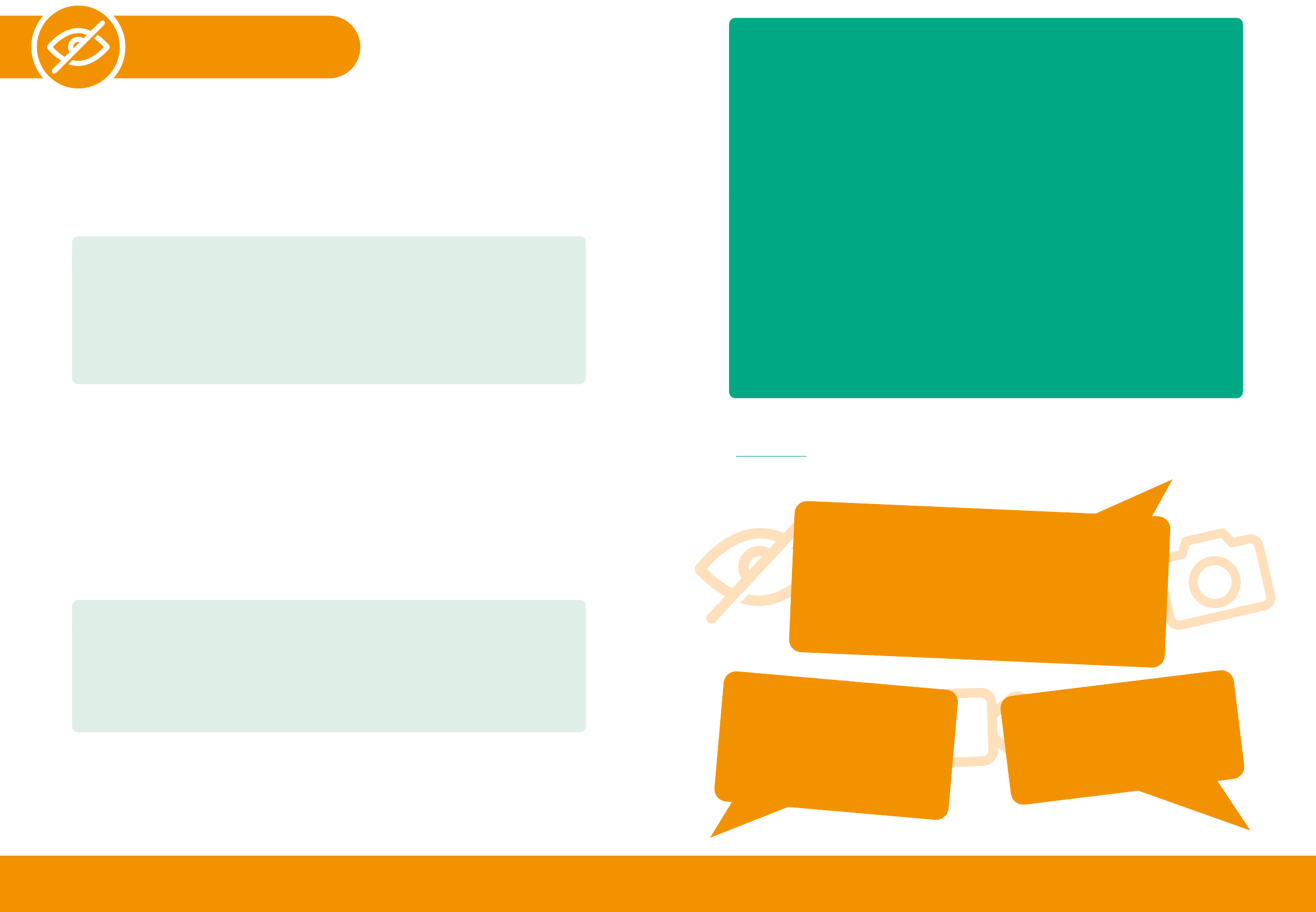
“ ellk h ettm o aet ohv
acnesto bu oni i ale
frby hngrs rmm xeine
o aefins hydfntl e on
erirta yfml red.Ima
lk al:ya ,ya ,ya .
“o onhsiflrtd
misra ei,
yucnltrlyfn
pr nTitr”
“tta on g o
dntral nwwa’
rgtadwogadyu
js olwwaee o
seo onsts”
All quotes from young people aged 16‑21
07 08
ongah
Porn is too easily accessible online for children and they are seeing it earlier
than some parents realise. Children and young people sometimes access it out
of curiosity, or sometimes their viewing is accidental and unwanted. In either
circumstance, viewing porn too young can be very damaging and can warp
children’s understanding of sex and consent and there has be a link found between
porn consumption and harmful attitudes and behaviours towards women and
girls.
1
How, when and why children are viewing porn
• Over half of 11–13‑year‑olds have already seen pornography.
2
• Many children view porn unintentionally for the first time – 62% of 11–13‑year‑olds
say that their viewing of porn was mostly or more unintentional.
3
• Parents’ perceptions of how much porn their children are watching does not
match the reality: only 25% of parents think that their child has seen porn –
compared to 53% of children who have.
4
Young people’s view
Our group of young people felt porn doesn’t show sex as it really is. Issues of
concern include degradation and violence towards women, how consent is
portrayed, and unattainable body standards.
They felt that watching porn, particularly at young ages, can affect real‑life
behaviours and attitudes around gender roles, sex and consent.
Girls talked about being sent porn by older boys at school. This can be scary and
distressing and they would like to be able to talk to their parents about it. They
also feel that parents of boys should be talking about why this kind of behaviour
is not okay.
The legality of viewing porn
Under the current law, it is illegal for shops to sell under‑18s physical copies of
pornography (e.g. DVDs, videos, magazines). However there is currently a gap in the law
around online pornography, which is freely available. The Children’s Commissioner is
working with the Government to close this loophole and bring pornography under the
scope of the Online Safety Bill. In the meantime parents should be vigilant about the
material their child has access to and apply parental controls where necessary.
Tptp rm1–1ya-ls
1
Apply adult content filters to your child and family devices. This is the best way to
prevent them from stumbling across explicit content too young. More info on this
can be found in the resources section.
2
Keep it casual. Find everyday opportunities to speak about porn in an
age‑appropriate way. Don’t allow porn to become a ‘taboo’ subject.
“ tsolntb ao.I hudb oehn htprnstl bu oterkd.
3
Be reassuring about the confusing emotions your child might feel after seeing
explicit content.
4
Telling your child off for watching porn is not always the best response. It could
make your child less likely to come to you for help/advice. Explain clearly and
calmly why watching adult content too young can be harmful.
“ o’ uihisedo aigapoe odtl.
5
Be prepared to challenge views that may arise from watching adult content.
Reinforce the message that sex and bodies, as depicted in a lot of porn, are not
realistic. Explain that porn can make things like non‑consensual sex appear
‘normal’ or ‘okay’ but it is not.
Click here to go to our resources page for more information
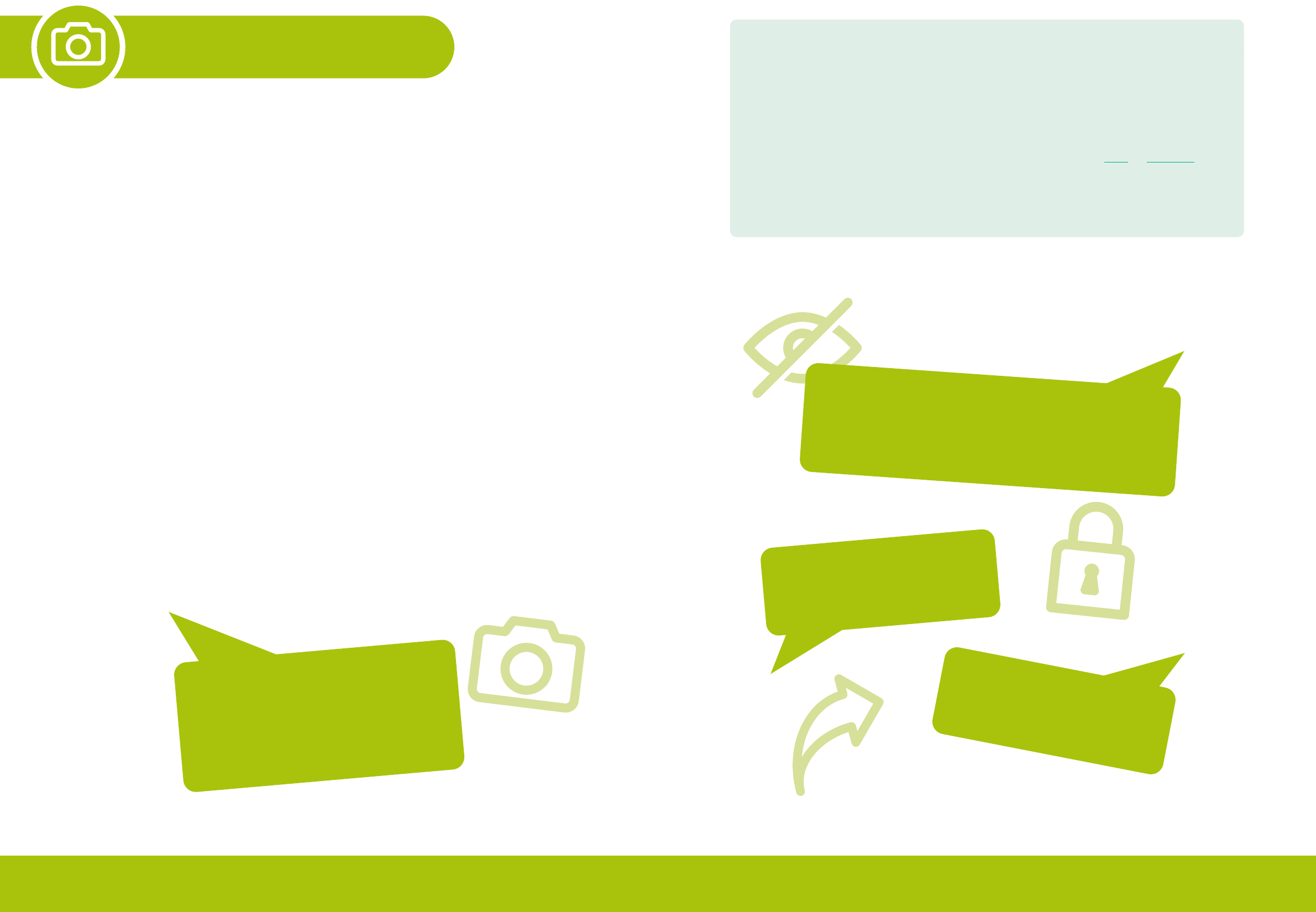
“otyugpol ekvldto
fo tes seilyyuggrs
seigvldto rmby o hy
mgtntgti lehr.
“hyd tfrvldto
sm epemyhv ako
cniec rsl-semise
adte’edigi eas epe
sy‘htsago itr’”
“o,i’ osdrdnra
t edndsi o aea
rltosi.
“tsjs o oit ok
–pesr ple oet
grsta os”
All quotes from young people aged 16‑21
09 10
hrn ueiae
Young people share nudes (naked images/videos of themselves) for a variety of
reasons. However, children might also be put under pressure to share pictures of
themselves or to spread nudes sent to them by others. An Ofsted review into sexual
harassment in schools found that girls can be contacted by up to 10 or 11 different
boys a night
5
asking for nude or semi‑nude images.
Children are put at risk when nude images or videos of them are shared online –
in Whatsapp groups, for example. This can happen without the young person’s
consent.
Our young peoples’ view
The reasons why young people create and share nudes are varied and complex.
Some reasons given by our 16–21‑year‑olds as to why a child might create and share
nudes include:
• Social pressure: belief that ‘everyone else is doing it’
• Validation: to gain acceptance, feel empowered and confident
• Coercion, manipulation, harassment (60% of girls who have shared
nudes felt pressured into doing so).
6
• Flirting: to get someone’s attention (particularly true for boys ‑ 75% of boys
who have shared a nude of themselves say they did so to attempt to ‘turn
someone on’.
7
• As part of a relationship milestone
Our young people say it is important that parents understand that the reasons
for sharing nudes are complex. Their advice, if you find out your child has sent
or received nudes, is to not jump to conclusions. Calmly ask your child open
questions and try to understand the context in which the picture/video was taken
and shared. This will help you to work out how torespond.
Cyberflashing
Cyberflashing is sending an unwanted nude image to someone else, form example
via a messaging app or Airdrop. It can leave victims feeling ashamed, violated and
intimidated, particularly if it is the first time they have seen a naked image. Cyberflashing
disproportionately affects girls. One study found that 76% of girls aged 12–18 had been
cyberflashed by a boy or man.
8
If a nude image is sent to or from someone under the age of 18 this is classified as Child
Sexual Abuse, and it is an offence which should be reported to the NCA, to Childline and/
or to a trusted adult at school. Cyberflashing is currently a legal grey area if sent to/by
someone over the age of 18 to another adult. The Children’s Commissioner is calling for
laws to be tightened up to ensure that cyberflashing is treated as a standalone offence in
any circumstance.

“ o fprnsmgt
js lm h hl
isatyisedo rig
t upr hm”
All quotes from young people aged 16‑21
11 12
hrn ueiae
The social consequences of sharing nudes
Girls face more consequences for sharing nudes than boys. Research shows that girls are
looked down upon when a nude is leaked and it damages their reputation; but for boys,
however unfairly, it seems the opposite is true – it can be a source of validation. A recent
study found that 60% of young people think that a girl would lose social status if a
nude image of her was shared on Whatsapp, while 60% thought that a boy would gain
social status in the same situation.
9
It is important to be aware of the fact that the social consequences for a male or a female
child may be different, and to be sensitive to these. You can also use your proactive
conversations with your child to challenge damaging and unfair gender stereotypes
around sharing intimate images.
The legal consequences of sharing nudes
A nude image of an under‑18 is classed as child abuse imagery. And while it is important
that children sharing nudes are not criminalised, it needs to be addressed.
Where there is no evidence of exploitation or grooming it is unlikely that a child
would be prosecuted for sharing a nude – particularly if it is a first offence. Police
may investigate but can choose to record the incident in a way that does not have a
negative impact on the children involved. More info can be found on Parents Protect.
Tptp rm1–1ya-ls
B ratv
1
Start speaking to your child about the risks of sharing pictures when you first
give them a phone. You can do this in an age‑appropriate way using the
Thinkuknow videos.
2
Explain to your child early on that they may be sent naked pictures by someone
else. The number one rule is that they don’t send it on to anyone else. If it upsets
them they should speak to you so you can look after them and help them to
report it.
3
Don’t assume your child is not involved. Sharing nudes is a very common part
of growing up for some young people ‑ although it shouldn’t be. Be prepared to
support them if something goes wrong.
I orcidtlsyuta hyhv hrdsmoees’ ue
1
Be very clear that pressuring someone for anything is wrong, especially
something as personal as a naked picture. Have a conversation about how and
why it happened.
2
Our young people think vulnerability is important in this situation. Remind
your child we all make mistakes, and the important thing is to be honest and
responsible after it has happened.
3
Seek advice from the safeguarding lead at your child’s school. More information
on how the school is likely to manage the situation can be found here.
I orcidtlsyuta ueiaeo hmhsbe hrd
1
Teens want parents to offer practical advice (e.g. helping them contact tech
platforms to stop images circulating.) Contact Childline/IWF Report Remove and
make a report to NCA CEOP if you think the image has been shared with an adult.
More advice on how to respond can be found on Internet Matters.
2
Seek advice from the safeguarding lead at your child’s school. More information
on how the school is likely to manage the situation can be found here.
3
Teens want parents to be emotionally supportive. The young person is in a
vulnerable state, and they are likely to be feeling fear and embarrassment among
other emotions. They need to hear that you love them and that you will work
things out with them.
Click here to go to our resources page for more information
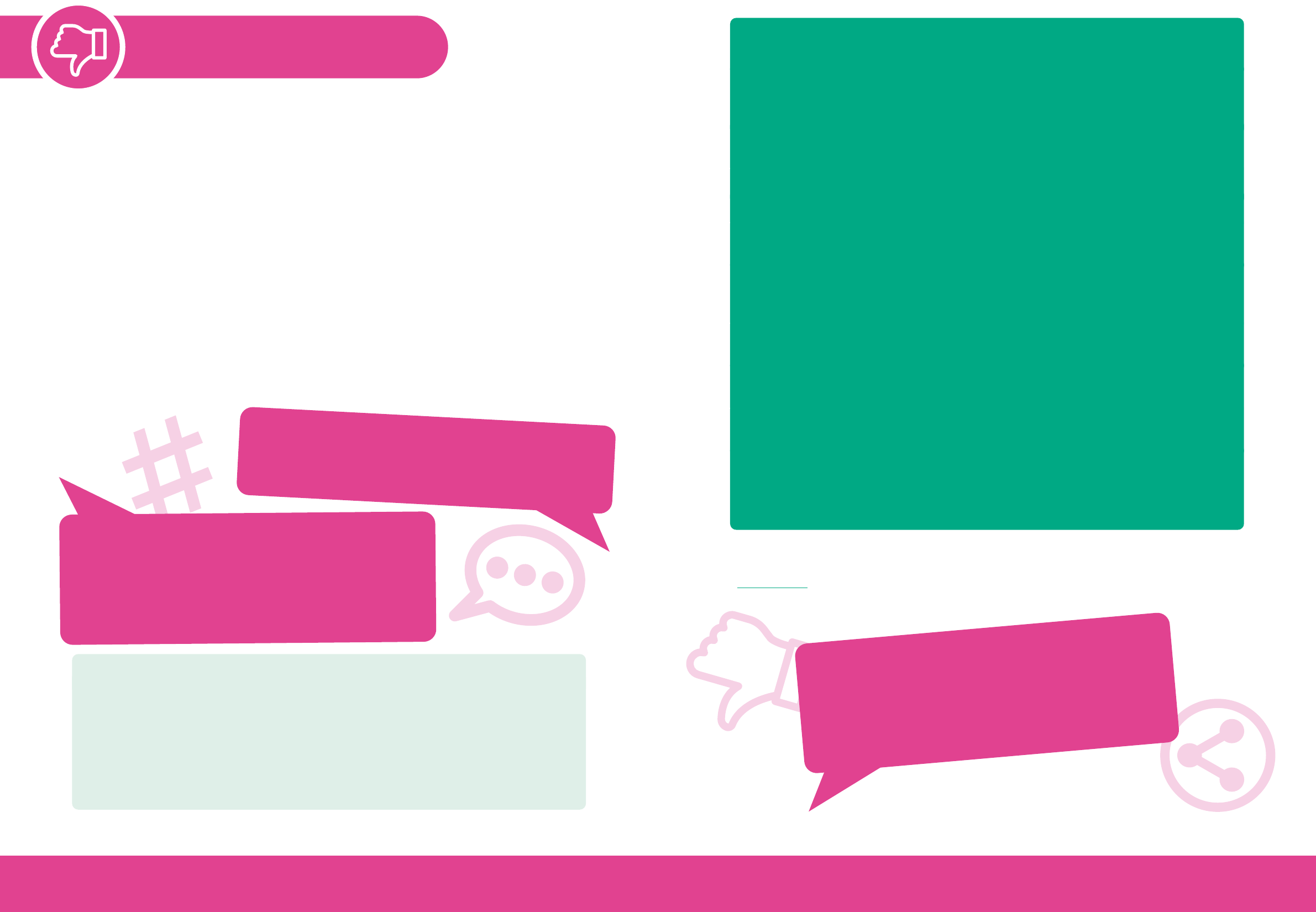
“ o fm aefinsfe iete
cntd eti hnsa hyfe iete
wl e ule,o vnwreta ule…
te ellk hyr ndne fte
dntd eti hn.
“hr r omn od sdt eciegrs
i eaiewy.Adteeaeltrlynn
frby,Icnttiko ntig vrdyI
ha e od sdt eciegrsa bet
o oehn ieta aial.
"oysaigcnhpe oayoy mgn
gigo oilmdaweehnrd fpol
cnjdeyu hm o n omn.
All quotes from young people aged 16‑21
13 14
eulsdblyn
Sexualised bullying can happen in ‘public’ online – in comments, tags and posts
on social media for example, in videos and livestreams and on gaming platforms. It
can also happen in ‘private’ online spaces like direct messages and group‑chats.
Our young peoples’ view
Our 16–21‑years‑olds talked about sexual comments and taunts and how these
often included misogynistic language. They said that girls are more likely to be
targeted with rude comments about their bodies and nasty gossip and rumours
about their sexual activity. They also talked about physical forms of sexualised
bullying, like ‘upskirting’, and how these violating images can be posted online.
Our group felt that sexualised bullying was more likely to happen to girls, but boys
could be victims too. When boys were victims the bullying often had a homophobic
element. Boys are also likely to find it harder to open up to friends and parents
about their experience of sexualised bullying and this can make it harder to cope.
Of course, these forms of bullying (slut‑shaming, body‑shaming, gossiping etc.)
happen offline too. However, it is much harder to escape when it is occurring online
24 hours a day, 7 days a week. Introducing screen breaks can be helpful here.
Bait‑out pages
Bait‑out pages are online accounts – particularly on Instagram and Snapchat – which
invite users to share nude images, videos or sexual gossip about others. Our young
people told us that some pages are followed by thousands of other young people and
allow gossip and nudes to spread rapidly.
“o e to npo nt,bi u ae o ifrn col . oyucnt
ral saei,i’ vrwee hr r huad fbi u ae nIsao
Saca fpol on hnsta r xlctadsuflk ht”
Tptp rm1–1ya-ls
1
Young people emphasise how important it is for parents to build a trusting and
open space where their children feel they are able to talk to them about forms of
bullying including sexualised bullying and harassment.
“ aete elsf!Tl bu eulhrsmn eoei vnhpes rma
yugae hi hl nw hsi oehn hycncm oterprnsaot”
2
Have regular check‑ins and look out for signs that your child is being bullied.
“ aigta noigmmsyn hwwsyu a’i elyhlfl”
3
Young people highlight the importance of parental vulnerability when talking
and building relationship with their children.
“ aet hudb uta pnwt hi hlrna hywn hi hlrnt e
I’ oecmotbewe o nwyu aethsbe hog oehn ut
tesm.
4
Keep an eye on your child’s social media account and make sure the account is
private. Set boundaries on your involvement and agree these with your child.
“ ecnhv u onais…stigteebudre,Ihv ieadyuhv
yus aigta opoie”
5
Be aware that boys can be victim to sexualised bullying too and it may be harder
for them to open up about it.
“ ihgrsi sese o hmt eabtmr unrbeadustadtl bu
i.Itikta swyml ucd ol nraebcuete olntg oter
prns red hrp rayhn.Te ol epaltoepolm n hn
js xld ieta.
Click here to go to our resources page for more information
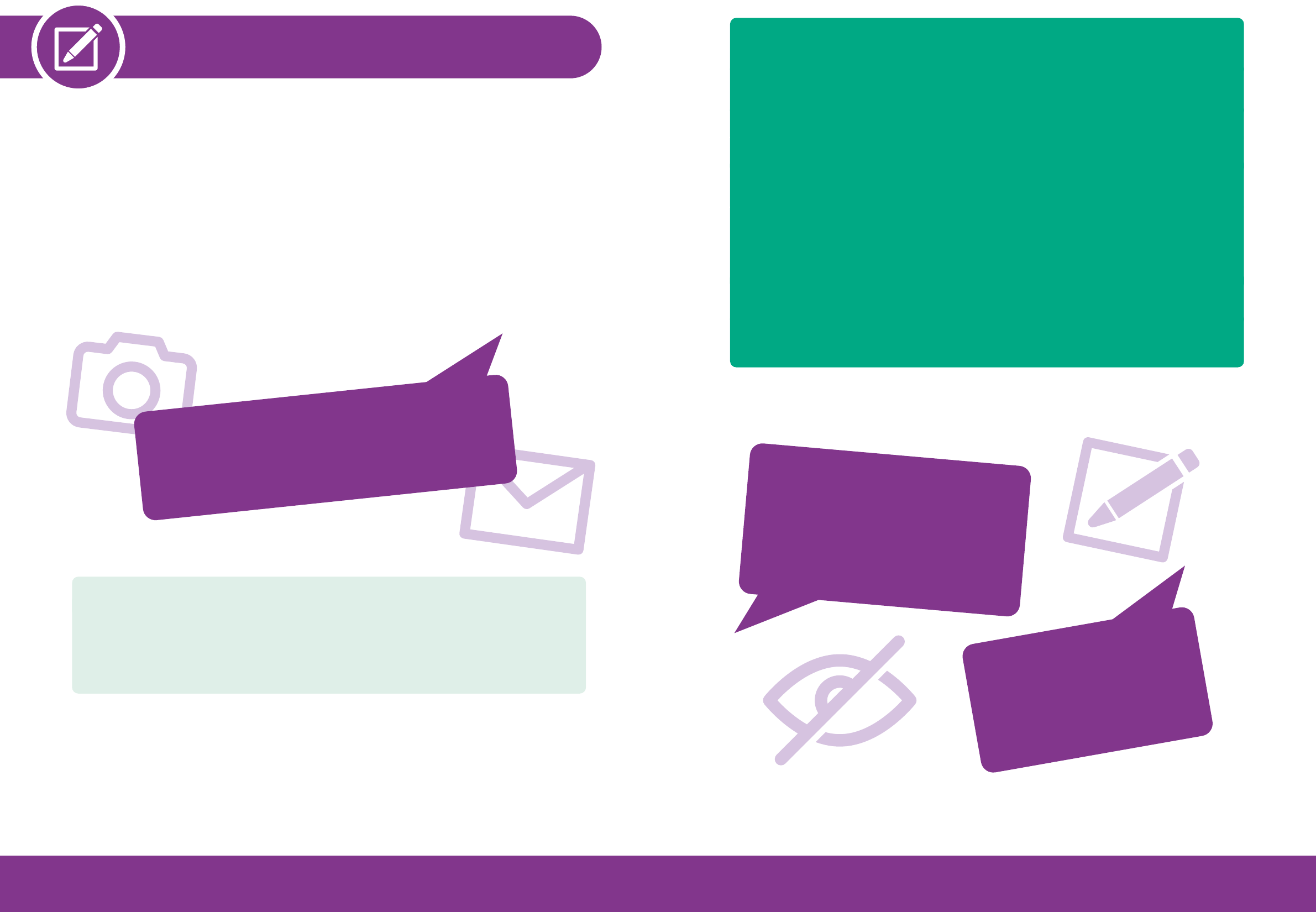
“ti tl sdmgn o nwi’ dtd
yusilwnalo htwy ti ad
t e vrtefc o o’ okta a.
I’ adt aiaetruhta.
“osepc vr ilt ok
tesm orgasfgr…
teeuraitcbat tnad.
Te’elk Iwnabgbt u
yuhv ohv hg a’ ie
ta os’ aesne”
“tcmst on hr
pol euet aea
pcuewtotafle…
te utcntlo tter
ata ae”
All quotes from young people aged 16‑21
15 16
dtn htsadbd mg
Girls feel pressurised to achieve unrealistic beauty standards. They feel they “can’t
win” and beauty trends ask the impossible. They agree that edited images present
an alternative reality which some people fi
nd it hard to distance themselves from.
Even if they know an image is photoshopped, they still feel pressure.
Edited pictures can create a distorted perception of what the opposite sex looks
like. This can pile pressure on young people to appear a certain way to appear
‘attractive’.
“Boys want a natural face, but then when they see an actual natural face they put it down
because that’s not what they are seeing on social media.”
Young people agree that boys are also under pressure to conform to a certain
standard, such as being muscular.
Filters
Filters can be fun, funny and creative. However augmented reality is also used to ‘perfect’
or ‘beautify’ images: by smoothing skin, making cheekbones more prominent and
reducing nose‑size – for example – or by making a body appear thinner. This can have
a negative impact on how children view ‘real’ unfiltered images of themselves and can
lead to lower self‑esteem.
Tptp rm1–1ya-ls
1
Build confidence in your child and allow them to realise that they don’t need to
manipulate an image to feel good about themselves.
“ norg orcidt ewote r.
2
Start a conversation.
“ s usin htalwepeso ftogt ahrta e/oases o
eape Wa oyutikfe bu hs..Wudyuee dtyu itrs’”
3
Make your child aware that the pictures they see online are often manipulated.
Explain that it can be fun and creative to use filters and edit pictures, but editing
can also be used to mask insecurities. You can show them before and after
pictures and talk about the change and effect of editing.
4
Social media can make it seem like there is one single standard for beauty. You
should explain this isn’t the case.
“ept rae orcidsudrtnigo oyiaeb okn tdfeet
clue lblotokwl hwyuteesntoestbat tnad”
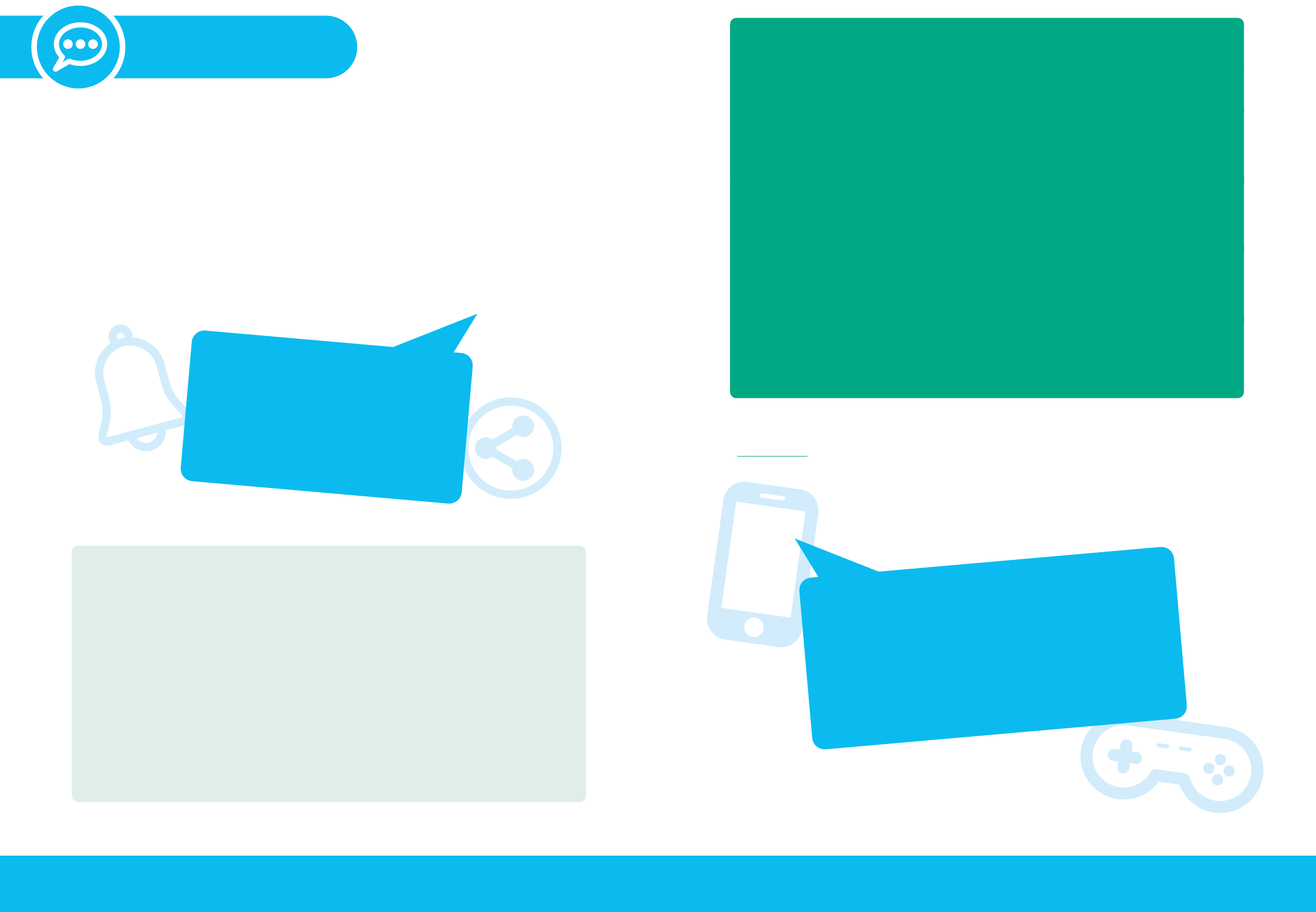
“o e epelk hs
cmet n e oso ie.
I ae o hn ops oe
cmet ieta,yusepol
lk hms o tr otn
mr aeu omns”
“eetyteesbe ieo epebig
vleal n hwn hi aua knad
i’ elybe epu ellk.Cmae o
fv er g vroewslk ieal n
mtpoial oeigtesle p epe
hv ere htmna elhi motn
adte att hr bu t”
All quotes from young people aged 16‑21
17 18
erpesr
What are the issues?
Young people say social media can be a time sink and they wish they had spent
more time doing things they enjoy more – like playing music, reading books
and getting outside. They worry about the impact it will have on their attention
span. They are also worried that there is pressure to get more likes and have
more followers, and that can lead to them posting negative comments to get
more attention, or to engaging in risky and harmful behaviour (including overly
sexualised images and posts). However, they feel there’s a shift towards people
posting more honestly, discussing mental health and body issues, and feeling part
of a positive community.
Setting boundaries
Young people think that rules and boundaries should be set.
They also think that rules should be agreed in consultation with children. You can ask
your child for their opinion and come to an agreement – e.g. what do you think is a
reasonable time to be on your phone at night?
Some rules for parents/children which young people think are helpful:
• Parents should role model behaviour for example by not being on phones all
thetime.
• Social media accounts should be private until 16/18.
• No social media accounts until 13.
• Time limits on use. Media timeouts – talk to children to decide timings and keep
having conversation at different ages.
Tptp rm1–1ya-ls
1
Set boundaries and rules. Don’t let social media become your child’s only reality
and influence everything they do. Set time limits and screenbreaks.
2
Talk openly about peer pressure. You understand that your child might feel
pressured into doing something, even if they know it is wrong and they don’t
want to do it. You might want to draw on your own personal experiences or use
news stories as a starting point for the conversation.
3
Not everyone is doing it! Whatever the trend might be. Even though it might feel
like everyone is participating, social media is designed to make people feel like
they need to join in. It takes real strength of character to listen to yourself and to
make your own decisions.
4
Find positive role models (of the same age or slightly older) for your child to
follow and be influenced by. Young people say that there has been a positive
movement towards discussing mental health, body and relationship issues – you
can find and encourage your child to join thesecommunities.
5
Social media/gaming/messaging/video platforms should be a fun extra to your
child’s interests rather than dominating their whole life. Talk about how your
child can explore their hobbies and interests online (crafting, sports, music,
dance…) and then apply new skills offline.
Click here to go to our resources page for more information
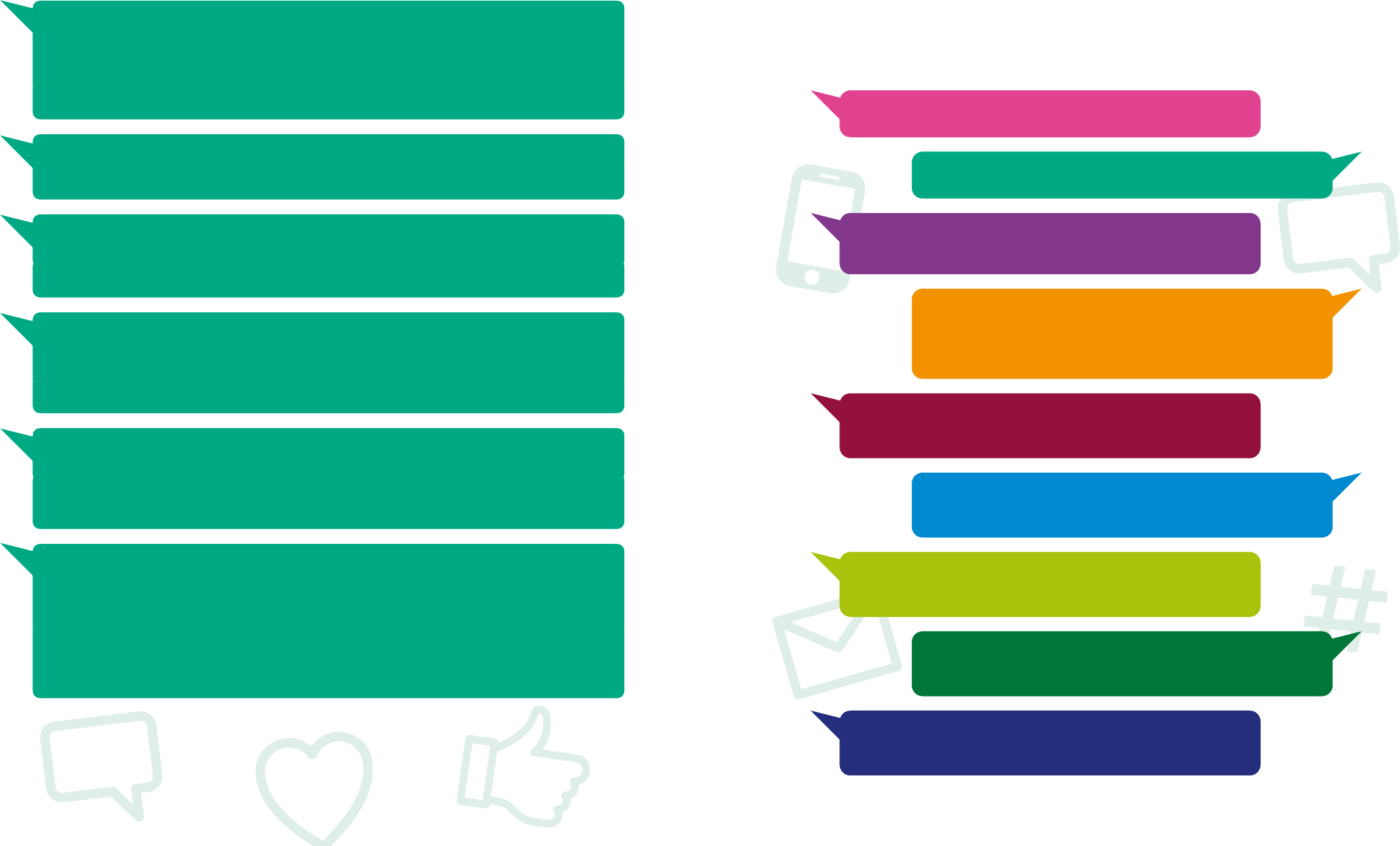
Wa oyuueap/oilmdafrms?
Hwd o tysf nie
Wa oyutikmgtwrym
aotyubigoln?Wa ih
wryyuaotm en nie
Hwmc oyutikIsol
ko bu htyud nie
Wa r h esn h on
pol ih hr ue
Wa’ orfvuieap
a h oet hwm…
D o hn aiyareetfroln s
i odie?Hwmgtti okfru?
Wa r h ann in htsmoeoln
i yn rintwote a hyae
D epesytig niete
wud’ a npro?Wy
19 20
Smayo o is
By reading this guide you have taken a big and important first step. This means it’s
likely that you’re already doing a great job.
To make your child feel ever safer and more supported, here are the things that
young people want you to do.
1
Do start speaking to your children about these issues before you first
give them a phone or set up a social media account. This might feel
very early, but you can do it in an age‑appropriate way. It is better to
be proactive than reactive.
Dntwi o h rss
2
Do keep the conversation going. Adapt to your child’s maturity levels.
Dntmnini neadtikta’ nuh
3
Do keep it casual, find everyday opportunities to speak about these
issues – like when you’re walking or driving somewhere.
Dntsaete ih‘h i ak.
4
Do focus on your child’s emotions first. Your immediate instinct
might be to punish them when something goes wrong, but your
child needs you to listen and to be non‑judgmental.
Dntpns hmbfr itnn n nesadn.
5
Do keep curious about the technology your child is using and stay up
to date with platforms, apps and trends.
Dntpeedteeise o’ xs n htyu hl
i o novd
6
Do set boundaries. Use filtering tools to limit your child’s exposure
to harmful content. Decide on rules and boundaries with your child,
allowing them to input. Explain which monitoring and filtering tools
you are using, and why.
Dntlaeyu hl nuevsd o olntlae
te ln ntepr rtesre,apytesm ee
o rtcinoln.
Cnesto tres
Create the culture before the crisis
It’s important to get into the habit of talking to your children about these topics
because this is the reality of their everyday lives.
Create a culture of openness, curiosity and approachability and your child is likely to
feel more comfortable coming to you if they have problems.
#AsktheAwkward is an online project aimed at helping parents start discussions
about online relationships with their teens. Here are some suggested conversation
starters:

I soa o olo
seii a,dntfe
pesr od ntig o
aeprettewyyu
ae epesoiin o’
mte,js no or
cidod
Tutyu aet,ee
we o o’ nesad
te.Yudntgti o
btoedyyuwl.
Dntwryaotntbig
isatyi eainhp
o xeinigsho oe
Yur oe.Yur atd
Yur efcl oml e t
cm aual.Dntltohr
pol rsueyu o r
yu w esn
Dntwryaotgtigsca
mdaadjs ar npaig
wt orty edn n
daigbcuesca ei
trsyu ri oms.
Yudd’ aesca ei
srosyadke bu ht
wsrgtadwog hsld
u ogo pwtothvn
t or bu hnsoln
adw r on knw
Uesca ei epnil
addntfe ieyuhv o
d eti hnst emmr
mtr rodrbcueyu
wl rwu nyu w ie
s ors.
Dntltsca ei oc
yuit iwn oref
i eaiewy
Da e
21 22
Ant om one ef
We asked our young people to fill out a note to their younger selves. These are the
thoughts and advice they had to offer.
You may want to try this exercise with your child and use it as a way to start a
conversation.
Try writing your own note here…
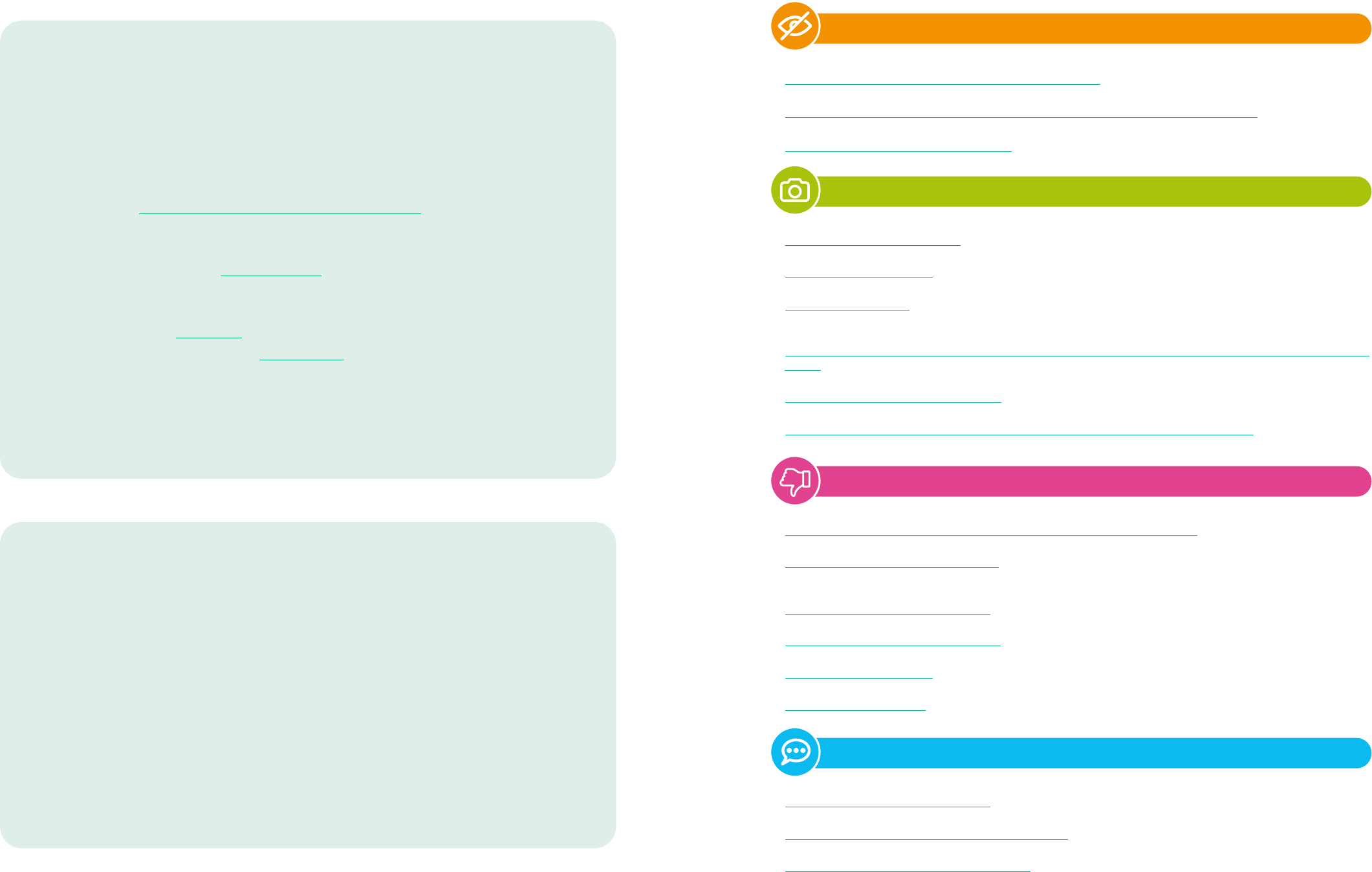
23 24
Wa od fsmtigge rn
Where to get help
If you are worried that your child has had an upsetting
experience online, for example if a nude image has been shared
without their consent, it is important that you know where to go
for immediate support.
• Contact Childline/IWF Report Remove if an image/video
of an under-18 has been shared without their consent.
• Make a report to NCA CEOP if you think the image/video
has been shared with an adult.
• Contact the NSPCC sexual harassment helpline. Your
child can also talk to Childline.
• Speak to your child’s school. They should have a policy
to deal with incidents of sexual harassment/abuse and
can help you to support your child.
Signs to look out for
These are some of the signs of online sexual harassment that
our young people said you should look out for:
• refusing to go to school
• obsessively checking their phone
• distancing themselves, silence, anger, anxiety
• suddenly deleting/taking time off an app that they love
• skipping meals, saying they are ‘not hungry’
• sudden awareness of their own body or sudden diets
Rsucsadfrhrifrain
Pornography
Internet Matters – Up‑to‑date information and advice on topics including internet porn:
https://www.internetmatters.org/issues/online‑pornography/
Thinkuknow – Age‑appropriate activities to discuss issues including porn:
https://www.thinkuknow.co.uk/parents/articles/Worried-about-your-child-and-online-porn/
Set Up Safe – Step‑by‑step guides on setting up parental controls on your child’s device:
https://www.internetmatters.org/setupsafe/
Sharing nude images
Parents Protect – Practical advice, including a dedicated helpline 0808 1000 900:
https://www.parentsprotect.co.uk/
Childline – For any worries your child may have 0800 1111:
https://www.childline.org.uk/
Kooth – Qualified online counsellors for children:
https://www.kooth.com/
Childline and WF Report Remove tool – If your child is worried that an image or video of
themselves has been shared:
https://www.childline.org.uk/info‑advice/bullying‑abuse‑safety/online‑mobile‑safety/remove‑nude‑image‑shared‑
online/
NCA CEOP – To report concerns about online sexual abuse or grooming:
https://www.ceop.police.uk/Safety‑Centre/
NSPCC helpline – To report experiences of sexual harassment and abuse in school call 0800 138 663:
https://learning.nspcc.org.uk/news/2021/april/sexual‑abuse‑in‑education‑helpline‑launched
Sexualised bullying
Childnet – Resources on a range of topics including online sexual harassment:
https://www.childnet.com/our‑projects/project‑deshame/i‑am‑a‑parent‑or‑carer
Family Lives – Support and advice for parents 0808 800 2222:
https://www.bullying.co.uk/cyberbullying/
Parent Talk: Parenting advice from Action for Children, offering a free 1:1 live‑chat
with a parenting coach
https://parents.actionforchildren.org.uk/
Report Harmful Content – Advice on reporting harmful and abusive content:
https://reportharmfulcontent.com/advice/
Childline – For children experiencing bullying or for any worries your child may have 0800 1111:
https://www.childline.org.uk/
The Mix – Advice and support for under‑25s:
https://www.themix.org.uk/
Peer pressure
ParentZone – Advice and support for parenting in the digital world:
https://www.parents.parentzone.org.uk/
Childnet – Guide to setting up a family agreement:
https://www.childnet.com/resources/family‑agreement
YoungMinds – Talk to an online counsellor:
https://www.youngminds.org.uk/young‑person/

Rfrne
1 Government Equalities Office (2020) ‘The relationship between pornography use and harmful
sexual attitudes and behaviours’, accessed 15 December 2021.
2 BBFC and Revealing Reality (2020) ‘Young People, Pornography and Age‑verification’, accessed
14 December 2021
3 BBFC and Revealing Reality (2020) ‘Young People, Pornography and Age‑verification’, accessed
14 December 2021
4 BBFC and Revealing Reality (2020) ‘Young People, Pornography and Age‑verification’, accessed
14 December 2021
5 Ofsted (2021) ‘Review of sexual abuse in schools and colleges’, accessed 14 December 2021
6 Interim data from Revealing Reality: research into image sharing among young people in UK
schools. Please note that figures are not final and may change, they are based on the responses
from 4907 children who had completed the survey as of 23.11.21. Data is unweighted.
7 Interim data from Revealing Reality: research into image sharing among young people in UK
schools. Please note that figures are not final and may change, they are based on the responses
from 4907 children who had completed the survey as of 23.11.21. Data is unweighted.
8 UCL IoE, SSE, University of Kent, ASCL (2021) ‘Understanding and Combatting Youth Experiences
of Image‑Based Sexual Harassment and Abuse’, accessed 14 December 2021
9 Interim data from Revealing Reality: research into image sharing among young people in UK
schools. Please note that figures are not final and may change, they are based on the responses
from 4907 children who had completed the survey as of 23.11.21. Data is unweighted.
25 26

Children’s Commissioner for England
Sanctuary Buildings
20 Great Smith Street
London SW1P 3BT
Tel: 020 7783 8330
Email: info.request@childrenscommissioner.gsi.gov.uk
Visit: www.childrenscommissioner.gov.uk
Twitter: @ChildrensComm
